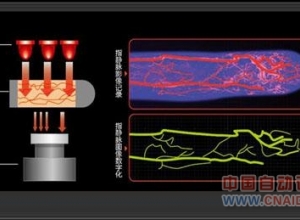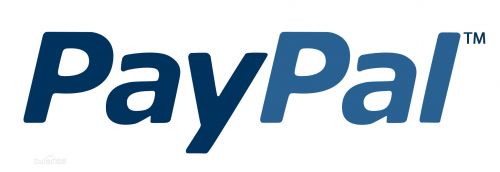
CN自动识别网讯 9月26日消息,据外媒businessinsider报道,预计2017年全球移动设备离线交易总额将从2012年的1200亿增加到1.5万亿美元,电子商务将迎来移动支付新战场。
在美国,2017年交易总额将从2012年的150亿美元上升至2440亿美元。全球移动支付用户数正在迅速膨胀,截止2012年底,移动支付用户数低于7500万;到2017年,总消费用户群会夸张超过2012年5倍,翻过500万大关。
全球在线支付巨头PayPal公司将收购在线支付平台Braintree。移动支付Braintree支付平台是一家专注于网络和移动平台的在线支付网关供应商。此次收购将推动PayPal进入正在蓬勃发展的移动电子商务市场的中心。
新BI情报报告显示,移动支付将在未来几年蓄势起飞。移动支付推动未来移动支付市场的增长和规模的扩张,这将有助于塑造移动支付的增长趋势,包括用户信息安全防护。
据市场研究公司Gartner预测,2013年全球移动支付市场规模将扩大31%至2354亿美元,至2017年将扩张超过3倍。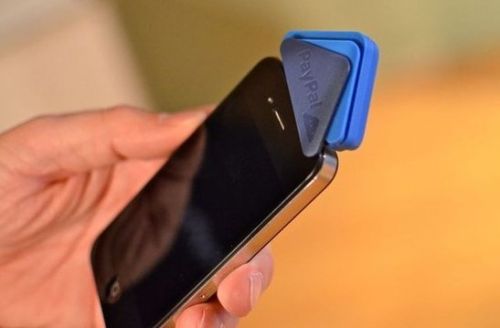
同时,Facebook宣布,正与支付公司进行配对,预推出“Autofill”;此后,用户可直接从他们的手机购买东西。
消费者和商家都开始看到通过移动设备进行离线支付的优势,而不是通过硬币、现金、信用卡或笨重的寄存器系统进行交易。
现在,移动设备履行其拖延已久的承诺,将数字钱包等高科技向金融服务玩家靠拢;PayPal将自身的支付业务从eBay等电商网站加速扩展至智能手机和平板电脑等移动终端设备。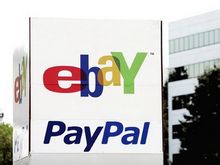
据CB Insights发布的一份行业研究报告称,近年来投资者也看好移动支付领域,2012年风投公司在该领域内投资约8亿美元,较2011年同期上涨11%。
总体而言,我们仍然处于移动支付的早期阶段。 截至2012年底,只有790万美国消费者(不到总消费者的9%)已经采用了面向消费者的NFC兼容系统, 如谷歌钱包或使用QR码或其他方法来完成付款的应用程序。但是,在实体店,移动支付去年翻了近两番,读卡器建立起真正的规模。移动支付正作为移动电子商务的一部分在兴起,通过PayPal单独完成的移动支付额达到了14亿美元。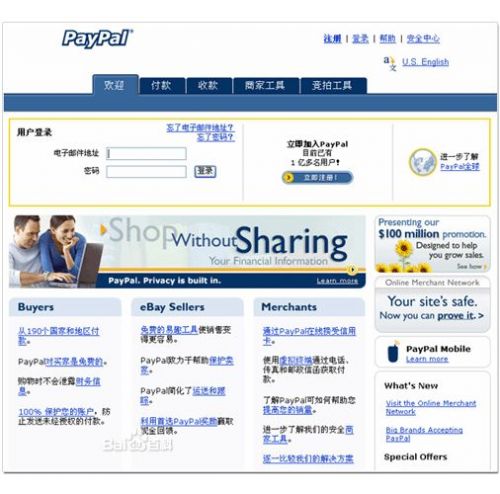
在全球,主要国家智能手机普及率的增加将有助于移动支付的增长。在非洲,移动支付已经成长为引导经济活动增长的又一新指向标,这源于银行基础设施的欠缺。在亚洲,移动支付为更广泛的智能手机中心文化带去繁荣,移动支付将手机整合入日常经济生活的方方面面中,使其成为面向消费者的基础设施。随着智能手机的普及,有待实现全球范围内的移动支付。(元器件交易网龙燕 编译)
外媒原文:
PayPal is close to a deal to acquire Braintree, a company that specializes in powering mobile transactions. Meanwhile, Facebook announced that it"s pairing up with payment companies to roll out "Autofill," which makes it easier for its users to buy things straight from their phones.
Mobile devices are edging closer to fulfilling their long-delayed promise as digital wallets, and tech and financial services players do not want to be left out.
Consumers and merchants are beginning to see the advantage of channeling offline payments through mobile devices, rather than transacting in coins and cash, credit cards — or clunky register systems.
In a new report from BI Intelligence, we explain the main reasons why mobile payments are poised for takeoff, provide proprietary estimates for the growth and size of the mobile payments market in the years to come, and analyze the specific trends that will help shape the growth in mobile payments, including user concerns around security.
Overall, we"re still in the early stages of mobile payments adoption: As of year-end 2012, only 7.9 million U.S. consumers (less than 9 percent of the total) had adopted a consumer-facing NFC-compatible system like "Google Wallet," or apps that use QR codes or other methods to generate a payment. But, in-store mobile payments nearly quadrupled last year, card readers are building up real scale, and mobile payments as part of mobile commerce is exploding (PayPal alone processed $14 billion in mobile payments last year).
Increased smartphone penetration in major global countries will help fuel a ton of growth: In Africa, mobile payments have grown as an alternative route of channeling economic activity, since banking infrastructure is poor or nonexistent.
In Asia, mobile payments have prospered as a part of a wider smartphone-centric culture that integrates handsets into many facets of everyday economic life and consumer-facing infrastructure. As smartphone penetration increases across the board, so will global mobile payments.
Just how big will mobile payments become? We forecast that, by 2017, the total value of global offline transactions facilitated by mobile devices will reach about $1.5 trillion, up from $120 billion in 2012. In the U.S., transaction value will rise to $244 billion in 2017, from $15 billion last year. The number of mobile payments users globally is set to explode as well. By 2017, the total consumer user-base will climb past the 500 million mark. That will be more than a five-fold increase from the less than 75 million consumers who used mobile payments at year-end 2012.











